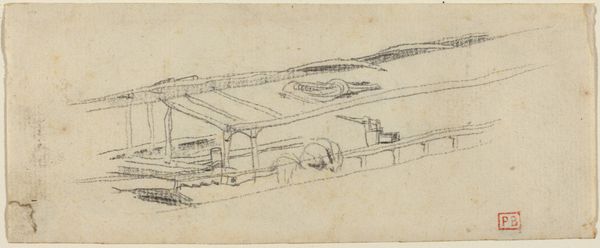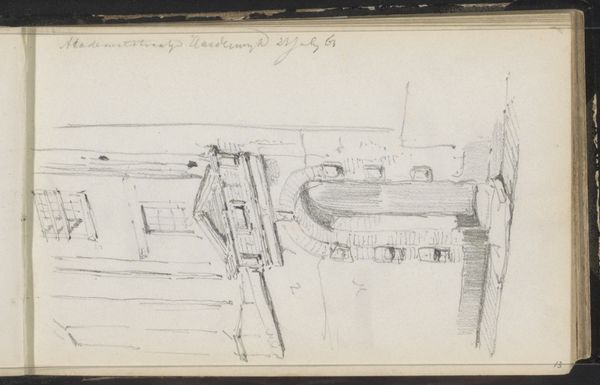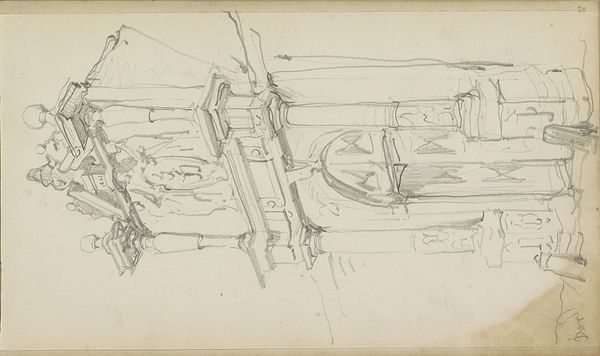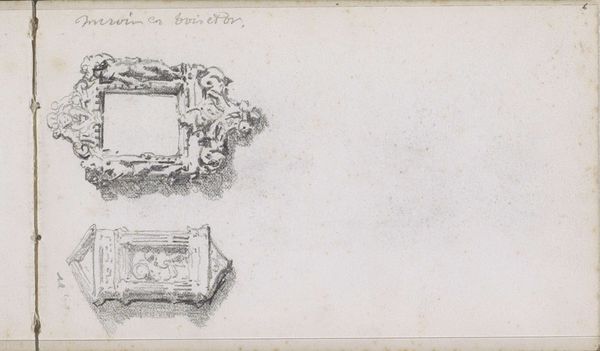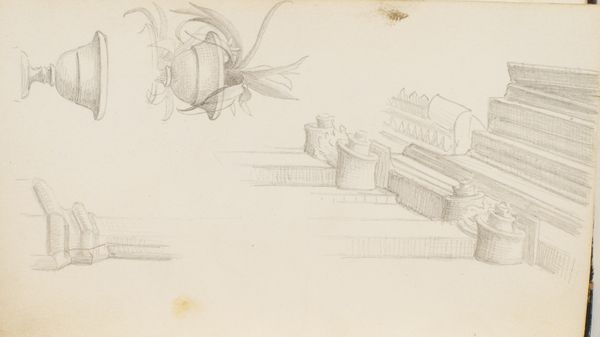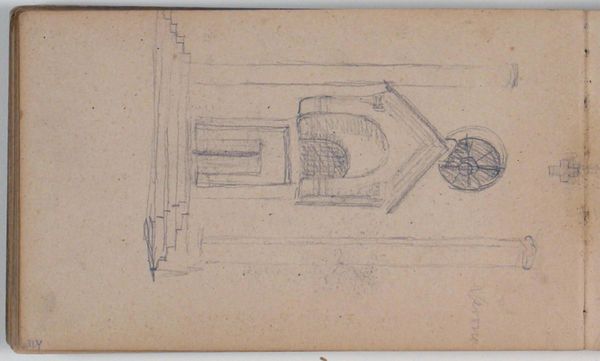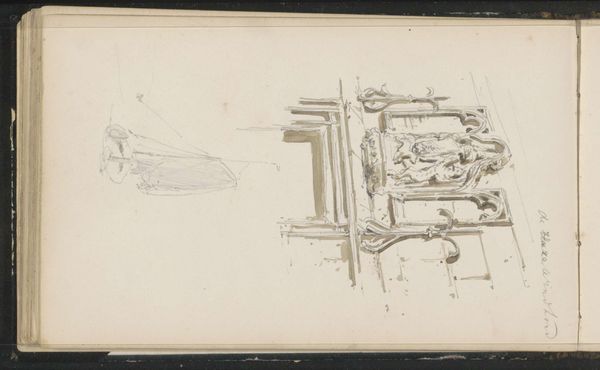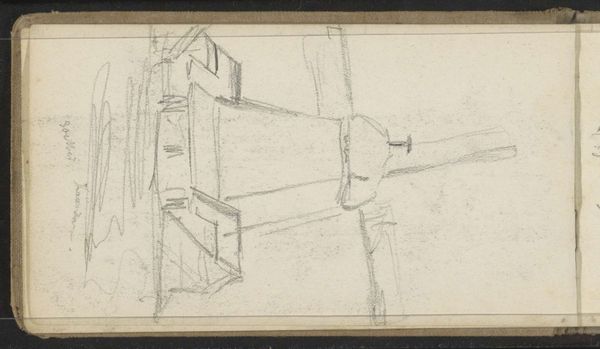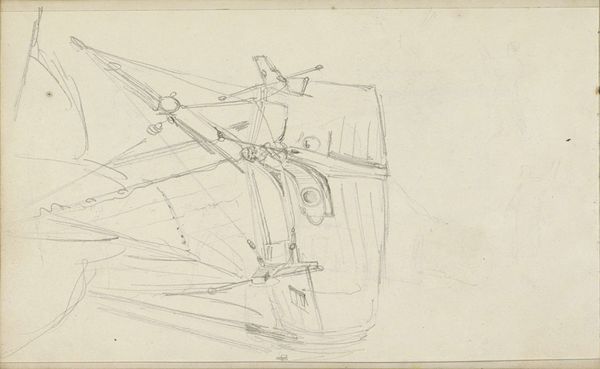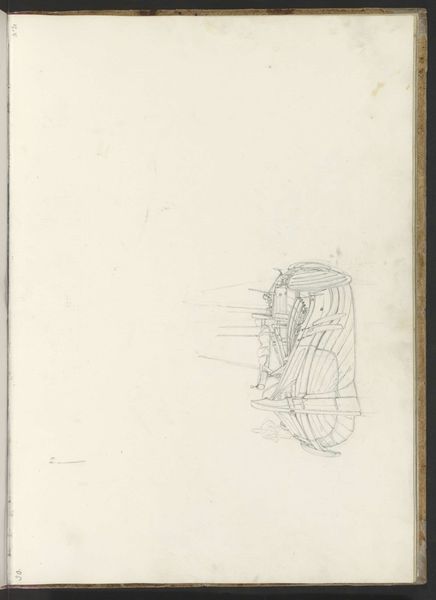
drawing, paper, pencil
#
portrait
#
drawing
#
pencil sketch
#
classical-realism
#
paper
#
pencil
#
academic-art
Copyright: Rijks Museum: Open Domain
Editor: Here we have Maria Vos' "Eikenhouten troon met daarboven een mansportret in een ovalen lijst," a pencil drawing on paper from 1867. It's currently held at the Rijksmuseum. I'm struck by the starkness of it, and the almost...clinical precision in the rendering of the throne. What do you see in this piece? Curator: I see a work deeply embedded in its time, wrestling with questions of power and representation. Vos' decision to depict a seemingly empty throne topped by a male portrait invites us to consider the very nature of authority in 19th-century Netherlands. The throne itself, meticulously rendered, becomes a symbol, not just of royal power, but perhaps of patriarchal structures more broadly. Editor: Do you think Vos was commenting on the existing power structures of the time? Curator: Precisely. Consider the period – 1867. This is a time of evolving social and political landscapes, especially concerning gender. Why depict the male portrait *above* the throne, almost as if sanctioned by it? Is she subtly critiquing the assumed naturalness of male dominance, or perhaps interrogating its fragility? And who is the man portrayed? Is he meant to represent all men? Or perhaps one man in particular? Editor: That's fascinating. I hadn't considered it as a potential critique, I was too focused on the realism. The details do seem… deliberate now that you mention it. It prompts one to ask what it truly meant for men to be propped up this way, at this period. Curator: Exactly! The beauty of art lies in its capacity to provoke such questioning. Hopefully more of us start viewing it as not just drawings of furniture or powerful white men, but rather of questions about class, gender, and even nationhood. Editor: I will definitely consider such points the next time I'm in front of any kind of art! Thank you.
Comments
No comments
Be the first to comment and join the conversation on the ultimate creative platform.
